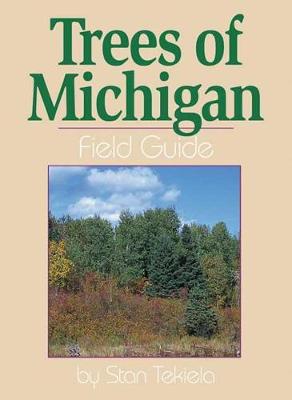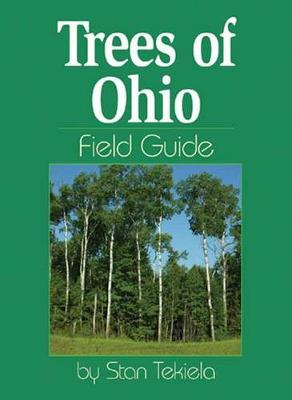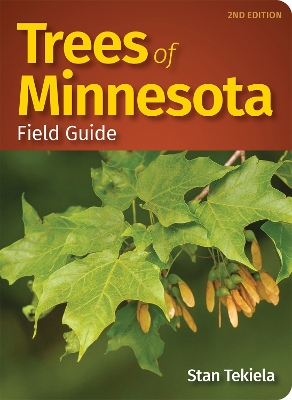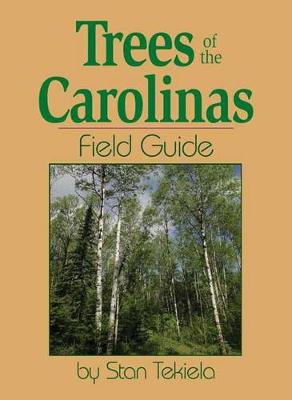Tree Identification Guides
5 total works
Learn to Identify Trees in Ohio!
With this famous field guide by award-winning author and naturalist Stan Tekiela, you can make tree identification simple, informative, and productive. There's no need to look through dozens of photos of trees that don't grow in Ohio. Learn about 115 species-every native tree plus common non-natives-found in the state. Species are organized by leaf type and attachment. Just look at a tree's leaves, then go to the correct section to learn what it is. Fact-filled information contains the particulars that you want to know, while full-page photographs provide the visual detail needed for accurate identification.
Book Features
- 115 species-every native tree plus common non-natives
- Fact-filled information and stunning professional photographs
- Easy-to-use thumb tabs showing leaf type and attachment
- Compare feature showing average tree height
- Stan's Notes, including naturalist tidbits and facts
This new edition includes updated photographs, expanded information, and even more of Stan's expert insights. Grab Trees of Ohio Field Guide for your next outing-to help you positively identify the trees that you see.
Learn to identify Minnesota trees with this handy field guide, organized by leaf type and attachment.
With this famous field guide by award-winning author and naturalist Stan Tekiela, you can make tree identification simple, informative, and productive. There's no need to look through dozens of photos of trees that don't grow in Minnesota. Learn about 93 species found in the state, organized by leaf type and attachment. Just look at a tree's leaves, then go to the correct section to learn what it is. Fact-filled information contains the particulars that you want to know, while full-page photographs provide the visual detail needed for accurate identification.
Book Features
- 93 species: Every native tree plus common non-natives
- Easy to use: Thumb tabs show leaf type and attachment
- Compare feature: Decide between look-alikes
- Stan's Notes: Naturalist tidbits and facts
- Professional photos: Crisp, stunning full-page images
This new edition includes updated photographs; expanded information; a Quick Compare section for leaves, needles, and silhouettes; and even more of Stan's expert insights. So grab Trees of Minnesota Field Guide for your next outing-to help ensure that you positively identify the trees that you see.
Learn to Identify Trees in North Carolina and South Carolina!
With this famous field guide by award-winning author and naturalist Stan Tekiela, you can make tree identification simple, informative, and productive. There's no need to look through dozens of photos of trees that don't grow in North Carolina or South Carolina. Learn about all 153 species found in the two states, organized by leaf type and attachment. Just look at a tree's leaves, then go to the correct section to learn what it is. Fact-filled information contains the particulars that you want to know, while full-page photographs provide the visual detail needed for accurate identification. Plus, Stan's naturalist notes feature fascinating tidbits and facts.
This new edition includes updated photographs, expanded information, and even more of Stan's expert insights. So grab Trees of the Carolinas Field Guide for your next outing-to help ensure that you positively identify the trees that you see.




